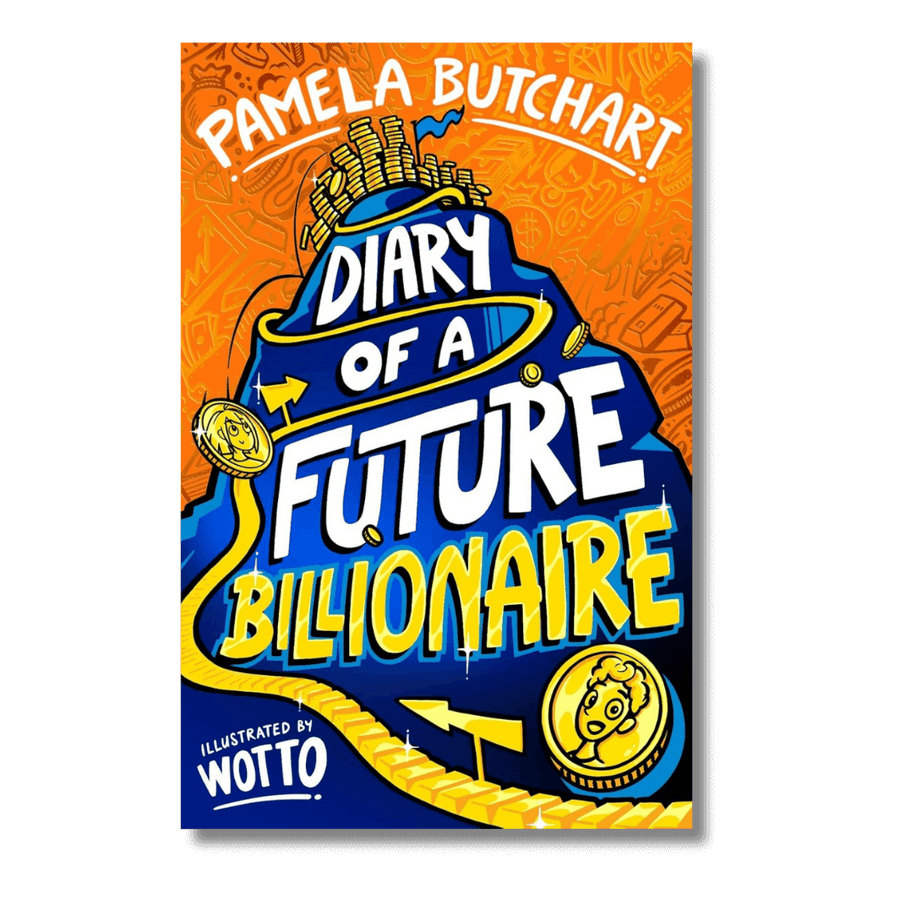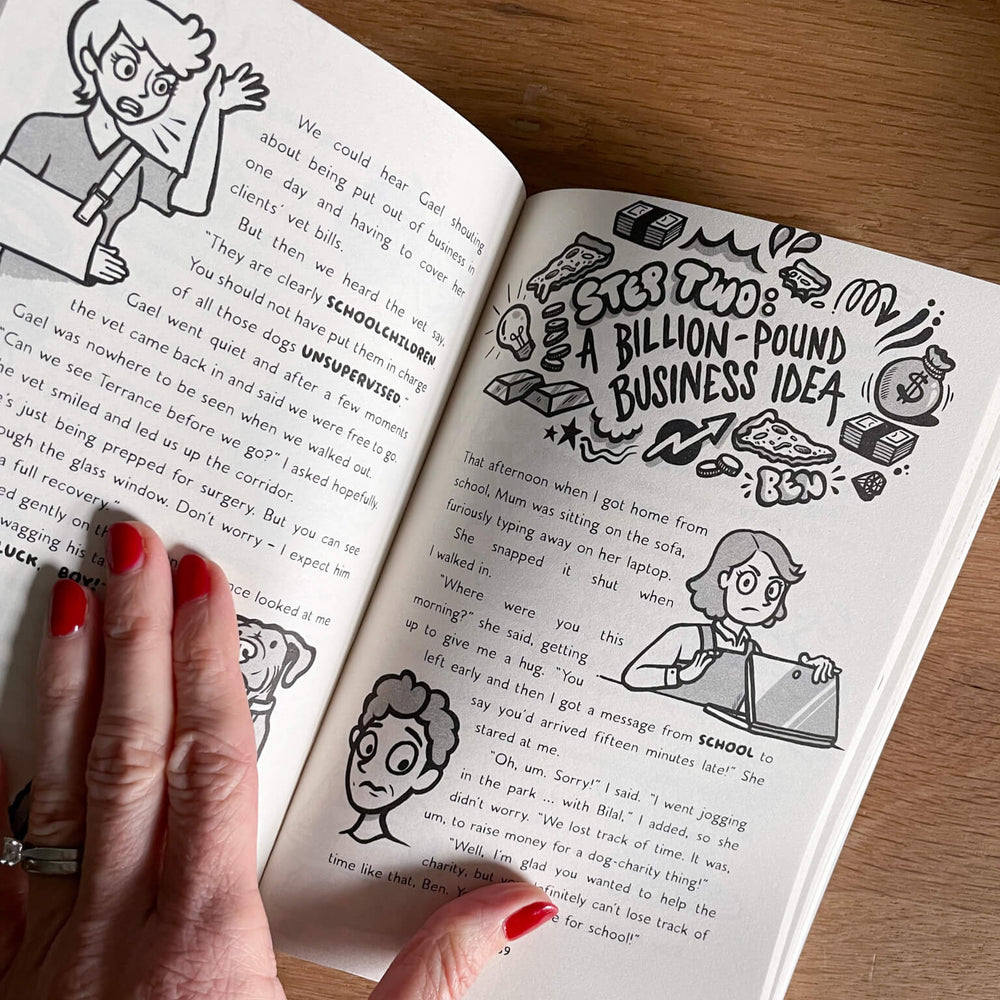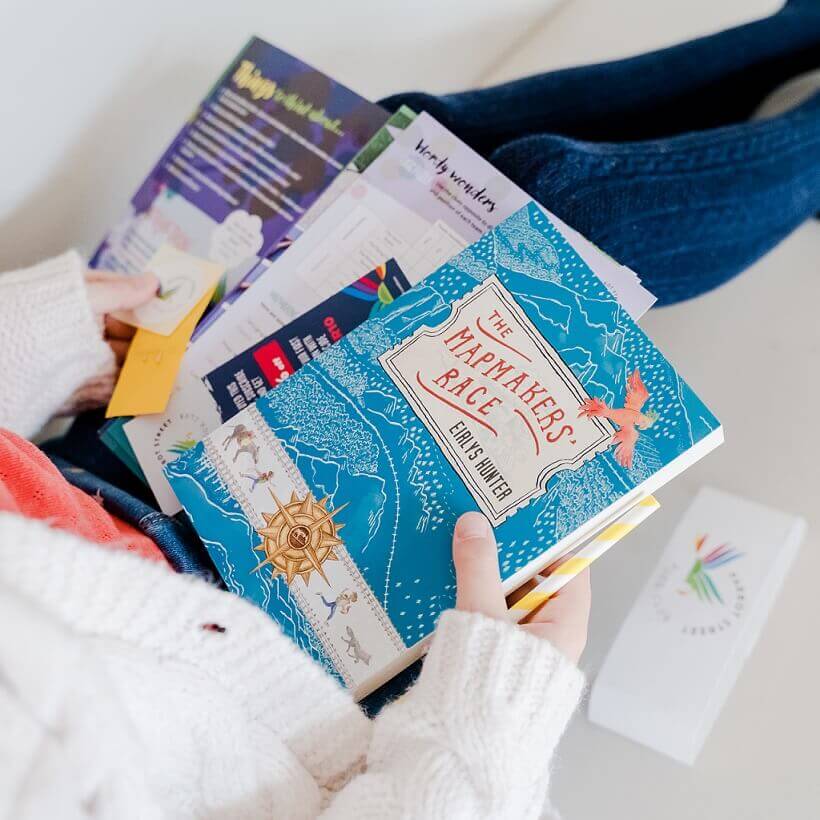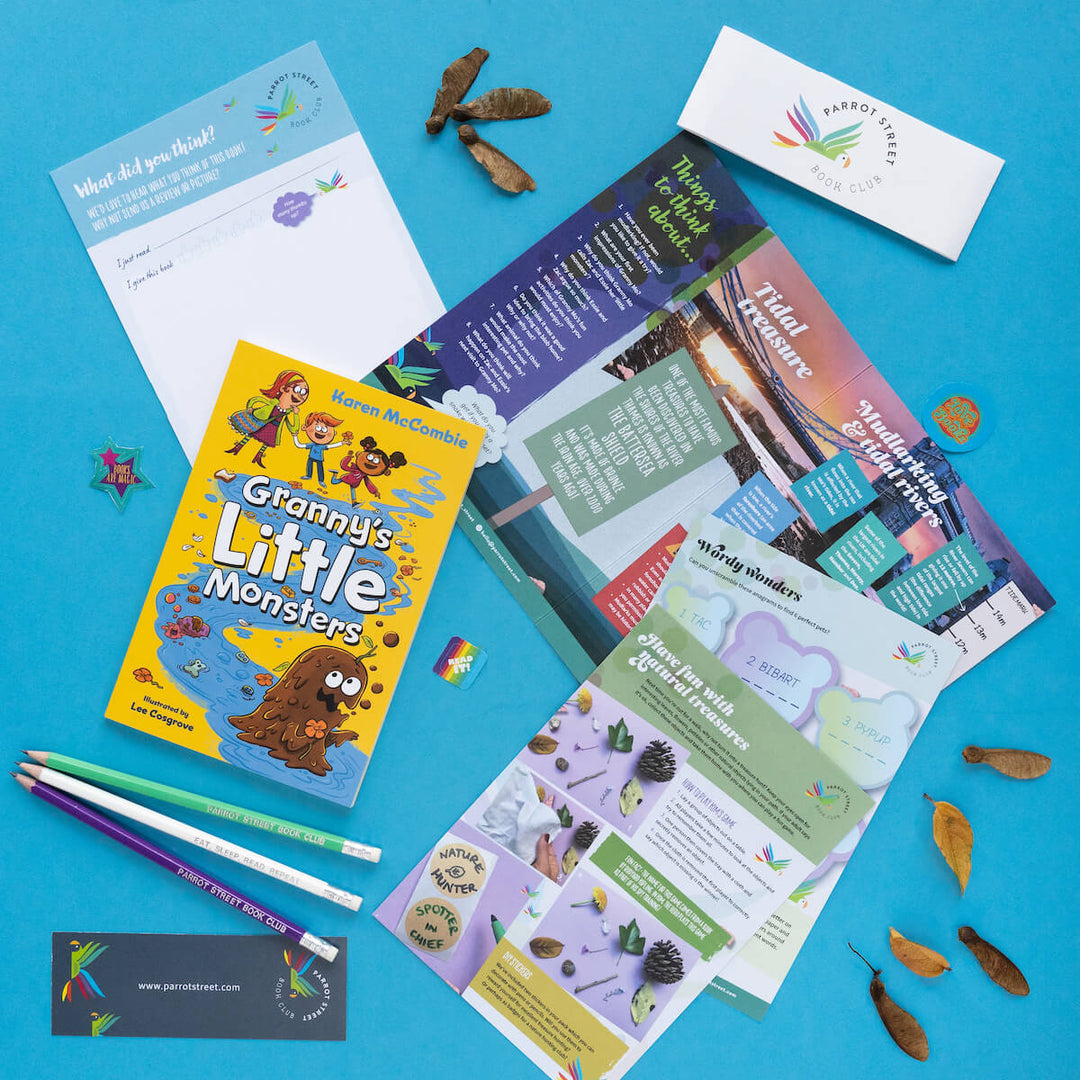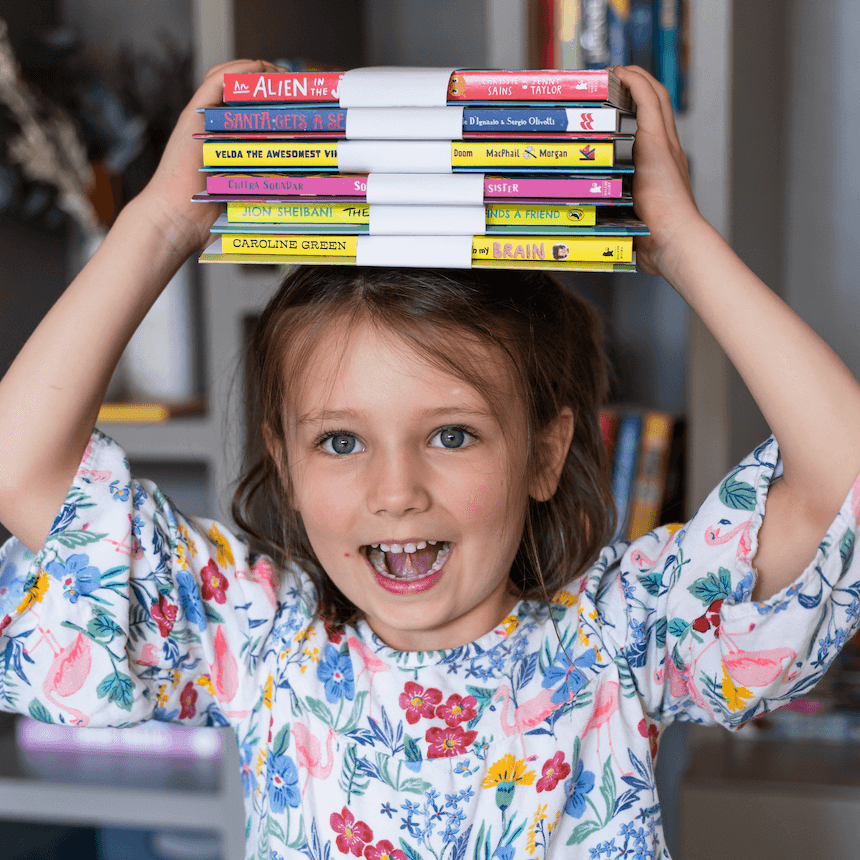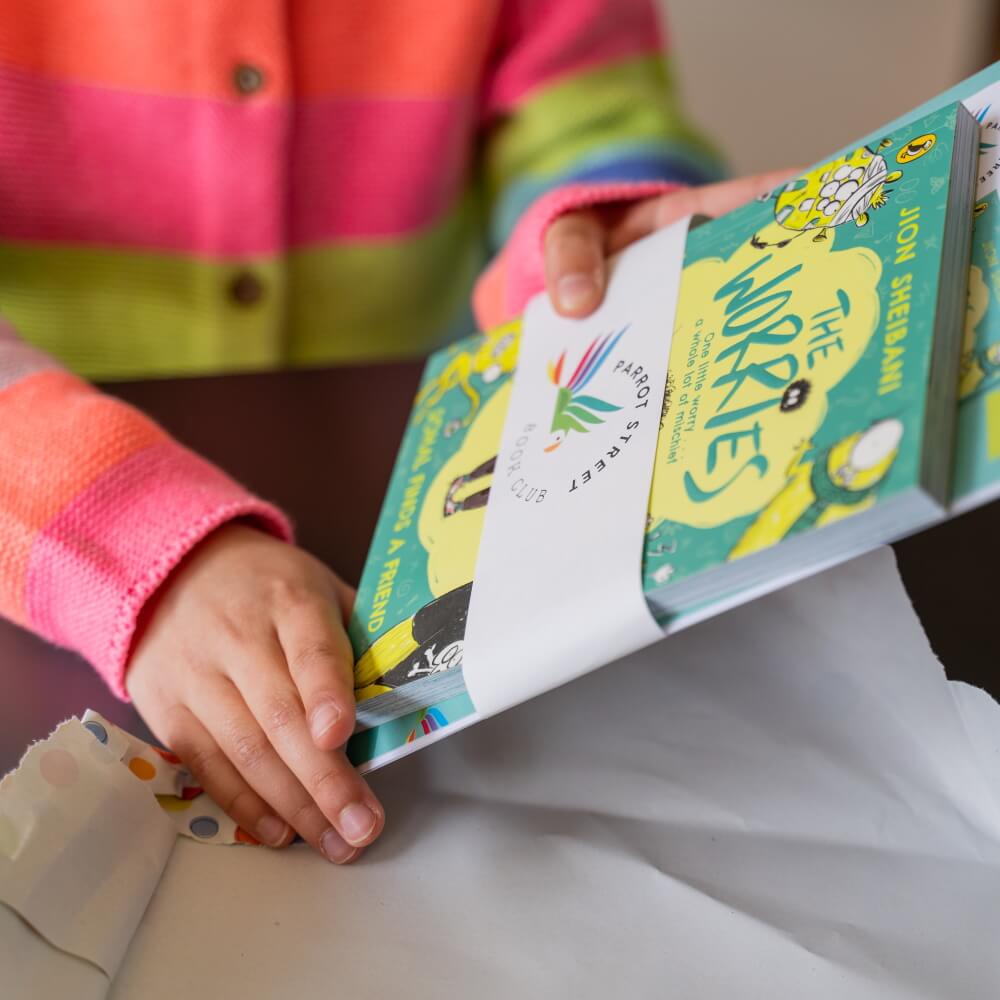Karl Olsberg on writing about AI and virtual reality for kids in Boy in a White Room

One of the two books we sent our Macaw subscribers this month is a thrilling, mysterious sci-fi adventure that had us hooked from the very first page! Unlike anything we'd read before, Boy in a White Room takes the reader inside a virtual reality packed with twists and turns, raising some fascinating questions along the way about identity, truth and what it is that makes us human. We were thrilled to have the opportunity to ask the author, Karl Olsberg, what inspired the book and what he would recommend we read next...
What inspired you to write Boy in a White Room?
Since I was a teenager, I've been fascinated by philosophical questions like 'what is reality?' and 'what can we really know?'. Modern technology, like social media, virtual reality and artificial intelligence, has made these questions even more relevant.
What research did you do while you were writing the book and did you discover anything that surprised you?
The biggest surprise for me was that French philosopher René Descartes wrote a decent description of what we today call 'virtual reality' almost 400 years ago. And to learn what his famous 'Cogito, ergo sum - I think, therefore I am' really means: That our own existence is really the only fact we can ever be 100% sure of.
Did writing the book change how you feel about AI?
Since I wrote my PhD on artificial intelligence in the 1980s, the technology has been developing with ever accelerating speed. If anything, writing the book has deepened both my excitement about the possibilities and my concerns about the risks of AI.
If you could create a virtual reality world that reflects your favourite book or film, what would it be like?
The Lord of the Rings is one of my favourite books, which is why I offered Manuel in my novel a chance to experience the world of Middle Earth in VR. I sure would like to see it in person!
Why did you choose to write books for this age group?
I have found that young people are generally much more inquisitive and open to philosophical questions than 'adults', who are often already settled in their beliefs. I really enjoy discussing the questions covered in the book with my readers, for example in online and classroom readings.
Do you have a favourite place to write?
When I write, I usually sink deeply into the story, forgetting where I am, sometimes even who I am. Therefore, I can write almost anywhere, as long as it is not too noisy. Normally I write at my desk at home, which is quite unspectacular.
What other books by German authors would you recommend our subscribers read next?
My all-time favourites are Momo and The Neverending Story by Michael Ende. While they were written decades ago, I think they are still very relevant today. I'm also a big fan of Andreas Eschbach, who has written some great series for young adults, but I'm not sure whether they are available in English.
Can you tell us what the future holds for Manuel?
Unfortunately, I can't, as this would be a spoiler. But I can tell you that I have written two other books related to Boy in a White Room. One, called Girl in a Strange Land, is not exactly a sequel, but is set in the same story world. The other, Boy in a Dead End, is a prequel to Boy in a White Room and tells the story of how Manuel got into the White Room.
Copies of our Boy in a White Room pack are now available for individual purchase here. Grab a copy while stocks last!
This post includes affiliate links to our bookshop.org page, meaning we receive a small percentage of the sale should you purchase through them. Additionally, a percentage from all sales on the platform goes directly to local UK bookshops which is an initiative we're delighted to support!
JOIN OUR EMAIL LIST
Children's book news straight to your inbox
We love sharing product updates, book recommendations, children's activity ideas and special offers via email.


